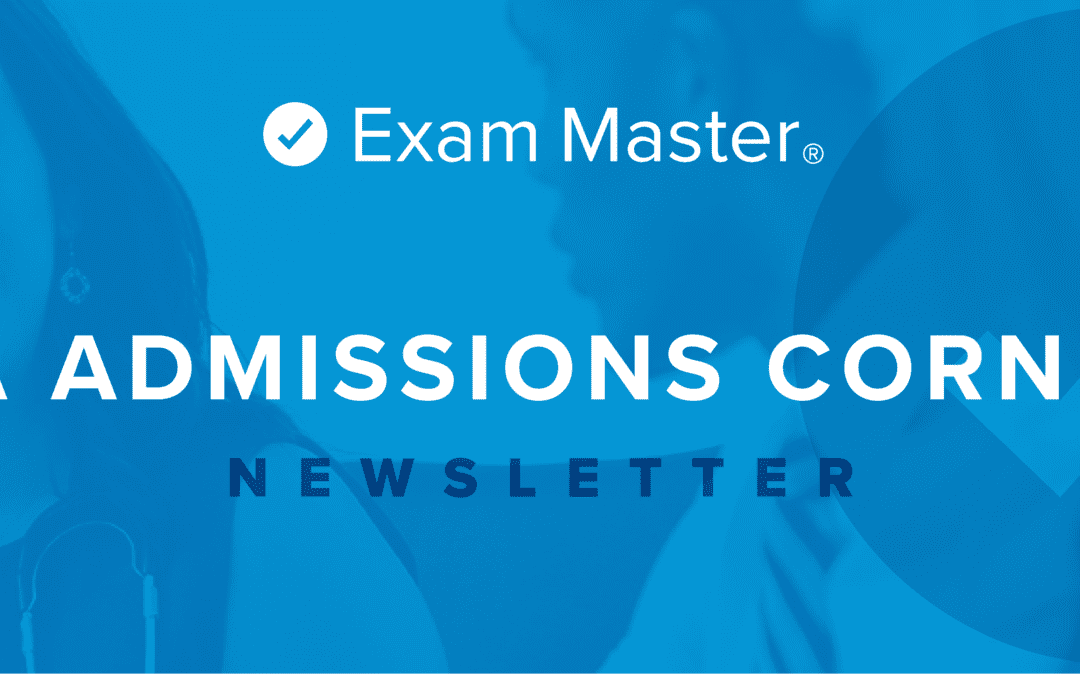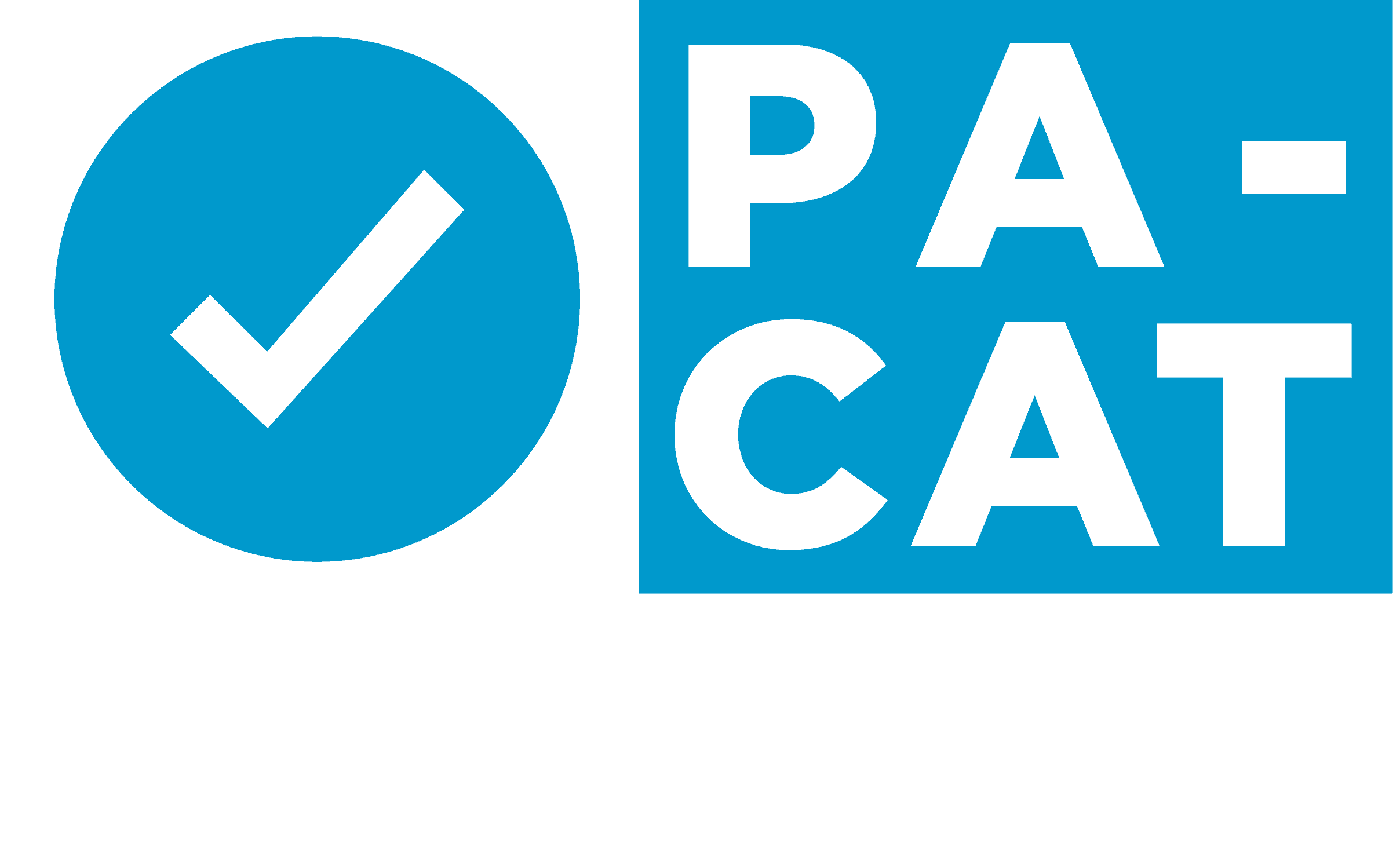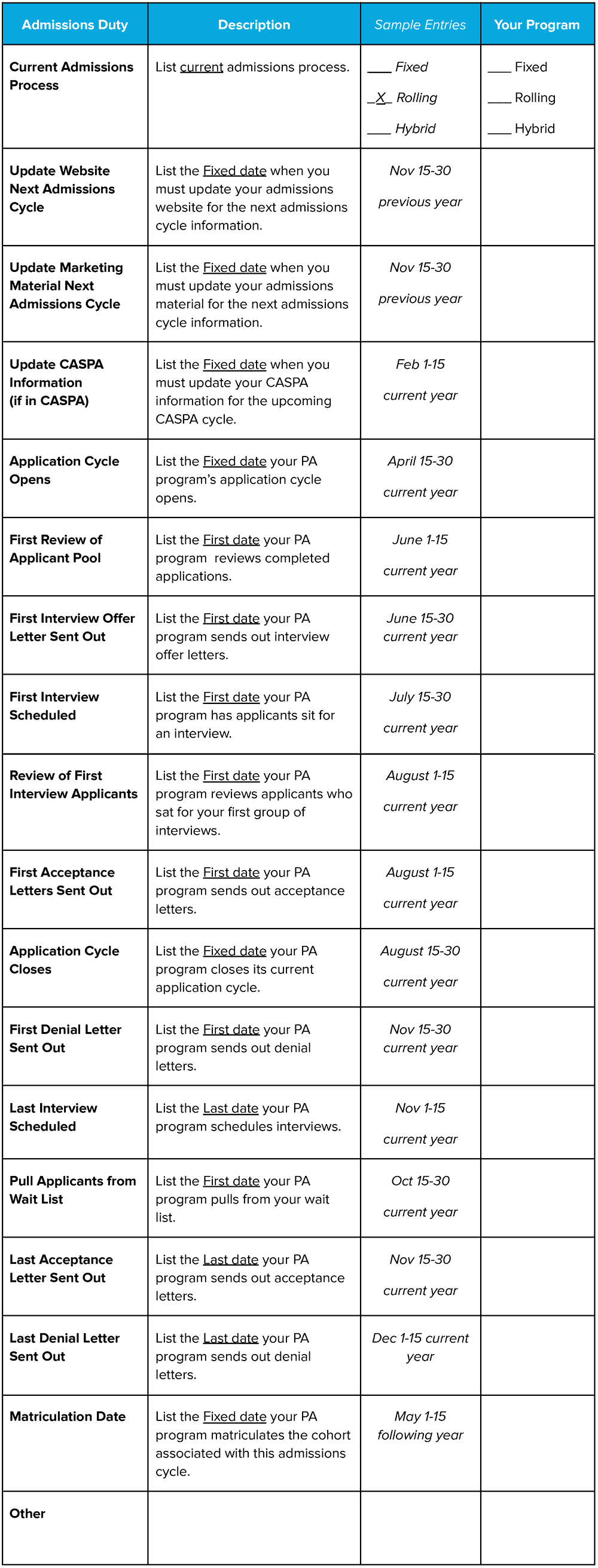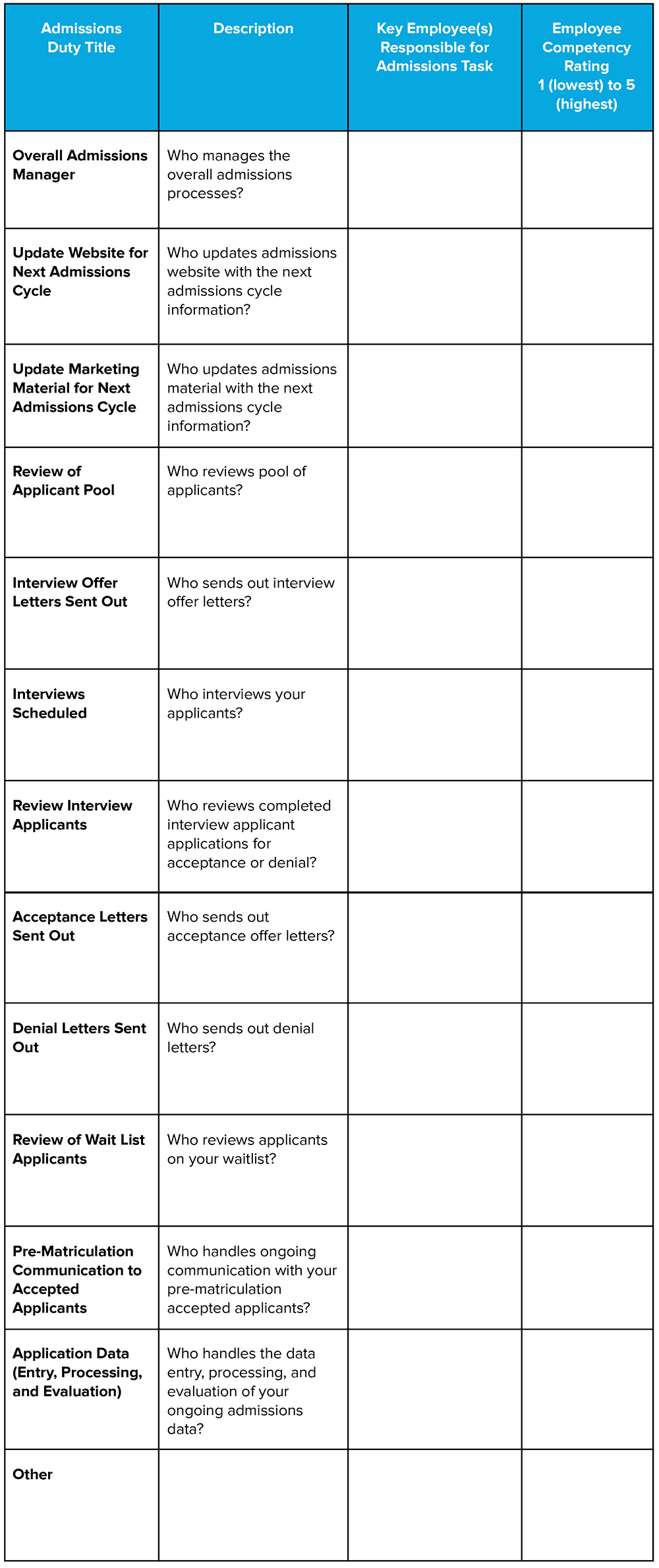
Applicants Must Know, Like, and Trust You
ISSUE 11
Applicants Must Know, Like, and Trust You
By Jim Pearson and Dr. Scott Massey
Welcome back to PA Admissions Corner. In our last Issue, we finished up our four-part series on common Struggles in Admissions for PA programs. Now, let’s discuss how your applicants perceive your PA admissions program, and how to use their perceptions to bolster your outcomes.
As educators, it is troubling to think of students as customers. But like it or not, we’re in the business of selling ourselves. Our applicants aren’t just buying an opportunity to become a physician assistant; they’re in the market for a solution to a problem. As the number of PA programs grows nationally, applicants will have more options for solving that problem.
Customers buy from organizations they know, like, and trust.
Your ideal applicants cannot get to know you if an authority figure from your institution does not take the time to speak to them.
Your ideal applicants cannot learn to like you if no one at your institution spends any time getting to know them personally.
Your ideal applicants cannot trust you if you or your admissions team does not show that you care about applicants as individuals by guiding them with specific information to help them, regardless of whether they enroll at your institution.
Getting Prospects to Know You: Enhancing the Applicant’s Affinity for Your Program
Cultivating applicant affinity for your program depends on a few critical baseline factors in help your program succeed. These factors must be acknowledged first.
- You cannot build personal relationships with all of your applicants.
- The applicants you choose to build personal relationships with are imperative to your program’s overall success.
- Developing an ideal applicant profile and score model will greatly benefit your program’s admissions outcomes.
- Knowing who to spend the most of your and your admissions staff’s limited time with is key to the overall success of your PA program’s admissions initiatives.
Implementing a procedure to reach out to applicants once they have applied through CASPA will keep them “warm” as prospective customers. Develop a procedure to reach out on a regular basis with helpful information other than their application status and to keep the applicants updated about further developments.
How can applicants get to know you?
- Practice responsiveness to information requests. Applicants call your PA program daily. Our busy schedules sometimes cause us to miss these opportunities to connect with the applicant. Taking five minutes with the applicant and providing some personal perspective can have far-reaching effects on selecting your program. We have heard from many students that a brief conversation with the program director was an important factor in their choosing that PA program. Consider taking communication opportunities whenever possible; it may pay more dividends than you expect.
- Conduct virtual open house events. Virtual open houses have become a mainstay during COVID-19, and it will continue as an approach to attract applicants. We have attended in-person and virtual open houses hundreds of times and seen the connections they can establish. A positive first impression on prospective students can make a huge difference down the road, so hold these events early and often.
Getting Prospects to Like You: Putting the Applicant First
Prospective students want to feel like they are joining a caring and understanding organization, like a family, not just enrolling in a school. Undergraduate universities and colleges have such strong alumni associations because they help build financial endowments for their institutions. There are other similar methods that are not difficult to implement.
- Improved customer service. PA faculty members are very busy. Adopting a customer service approach toward applicants can seem unnecessary or burdensome. Unfortunately, a faculty indifferent to prospective students has a ripple effect of harming your ideal applicant’s esteem for your school. Their private ranking among their options can shift based on the slightest factors. The first contact with the program can be among the most essential touch points. Keeping the applicant in the loop about upcoming selections for interviews will maintain their attraction to your program. Assigning and training a staff member to facilitate this conversation with applicants can mean the difference between meeting your class size or leaving empty seats.
- Involve current students. Consider incentivizing current students to assist with open houses, information sessions, and the interview process. Prospective students want to hear the opinions of current students, and current students don’t need to avoid tough questions. PA school is difficult everywhere, so don’t worry if one of your students describes the difficulty of your program. If your current students describe the faculty as fair and supportive, that could seal the deal. Feature your students as ambassadors whenever possible.
Getting Prospects to Trust You: Show the Applicant Care and Honesty
One strategy for building a trusting relationship with your ideal applicants is to provide information and direct communication on specific topics, even if those topics don’t relate directly to your program. You can continue to move your ideal applicants through your admissions process in the meantime while providing them with helpful information that can benefit their decision-making.
Let’s say you were to hold an open house designed to answer general PA admissions questions. At the end of the Q&A, you could give a 15-minute overview of your PA educational institution. During the general non-program-specific presentation, provide a handout on specific topics with FAQs. Specific insights like FAQs are informative and helpful in leading prospects to open up and ask more personal questions, which builds trust.
Here are some topics you can include to help answer some of your prospect’s questions:
- Graduate housing. Graduate students are often an afterthought for housing opportunities through the university. Relocating hundreds of miles away from your home is already a dreadful degree of uncertainty. In many cases, students are not aware of their options and how to compare them. Consider working with your institution to explore how graduate housing can be secured for future PA students. We helped implement this step with a PA program in New England. The university secured housing at a nearby apartment complex, which then became a recruiting tool, eliminating that stress for incoming students.
- Scholarship opportunities. Many graduate students get no scholarship opportunities. What if you can secure funds from an endowment or a donor to provide a small scholarship for incoming PA students? Even a few hundred dollars might enhance their perception that they’re getting something more significant from your program than others. Never underestimate the impact of a small scholarship.
Above all, transparency will greatly facilitate earning a prospective student’s trust. During the interview, students will usually ask what the strengths and weaknesses of your program might be. Don’t fear being honest about challenges. For programs that are on probation or provisional status, you have to sell even more vigorously. If there are questions about accreditation status, it’s better to readily provide this information. You have nothing to hide. Being open and honest about challenges can have the opposite effect of applicants selecting your program. There is no reason that you cannot fill your class with top-notch students even if you are on probation.
Become Your Applicants’ First Choice
By applying these strategies, you will have the opportunity to convert more prospects and ideal applicants to consider your program as first choice. You don’t want to leave anything on the table that could help secure a full class and a healthy waitlist if there’s any melt at the last minute. Diligently guiding your ideal applicants toward selecting your PA program over your competition should be a no-brainer, so make your program the no-brainer choice for them.
An endless supply of applicants flocking to your program may not always be the reality of the situation. You can mitigate the risk of having insufficient students in your class on the first day by incorporating these methods. In the minds of the students, you are opening doors and solving their problems, building affinity, mutual knowledge, and trust.
NEXT TIME…
In the next Issue of PA Admissions Corner, we begin a series of articles on managing your PA program’s personnel to make your program as efficient, effective, and stress-free as it can be.
To your admissions and program success,
Jim Pearson, CEO
Exam Master
Dr. Scott Massey Ph.D., PA-C
Scott Massey LLC
Exam Master partners with PA programs by:
- Supporting Admissions
- Strengthening Foundational Knowledge for Early Success
- Fostering a Culture of Self-Directed Learning
- Providing Targeted Remediation & PANCE Prep Resources
- Pre-Matriculation Program
- Medical Terminology
- Emory Body System Review Program
- PANCE Question Banks & Practice Exams
For information on any of the above products and/or services, contact us.



